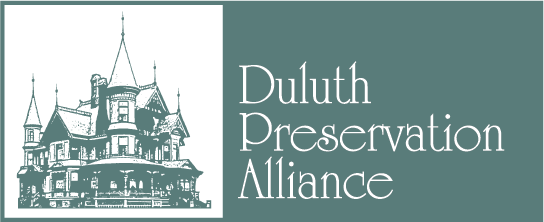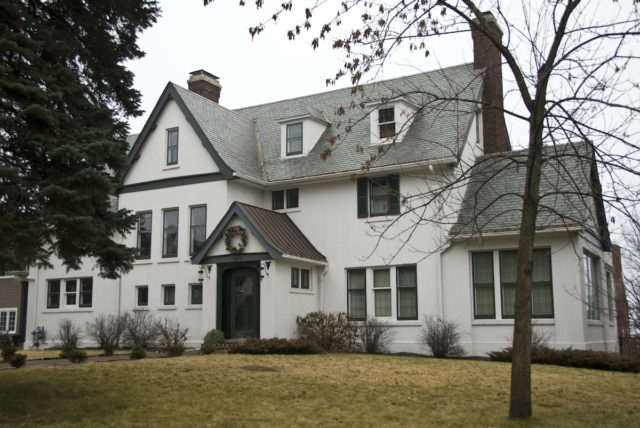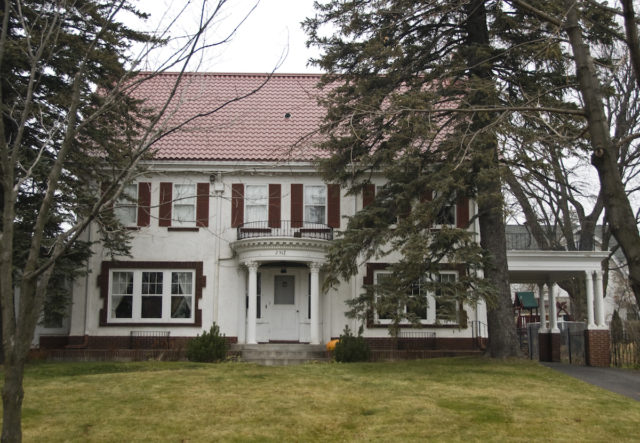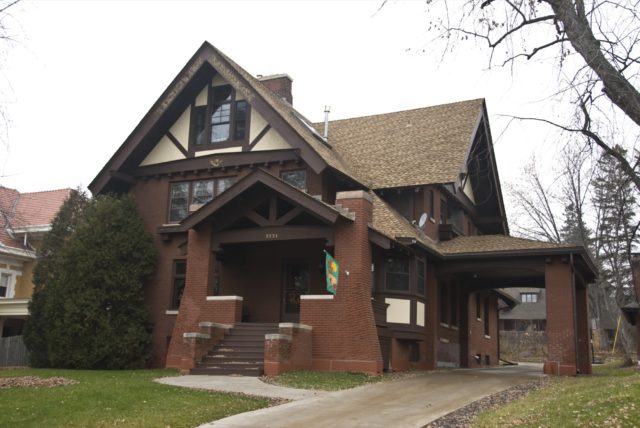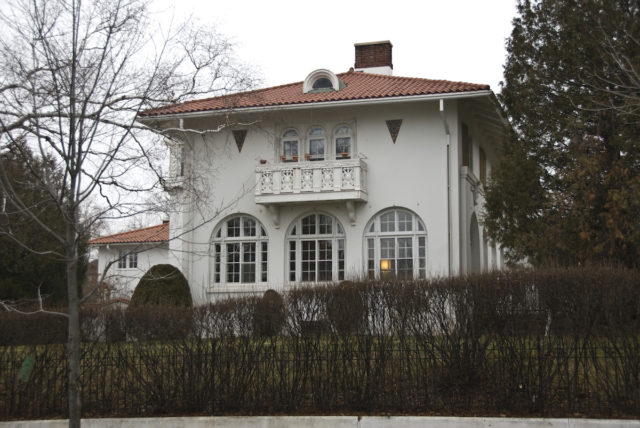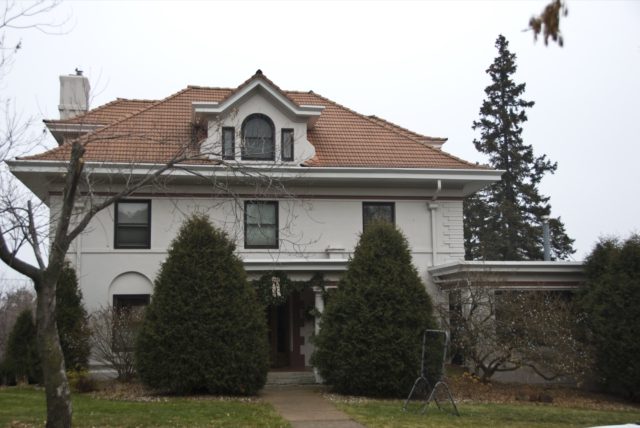German & Jenssen’s design for the Starkey’s stucco-clad house is an eclectic masterpiece, with its north façade featuring Tudor Revival elements while the southern face has a more formal Colonial Revival look. Howard Starkey was president of the Consolidated Elevator Company. The company’s legacy remains on Duluth’s Rice’s Point in […]
Read MoreStucco
2517 E. 2nd St.
While its stucco façade is a departure from the style, the Heimbach house is an excellent intact example of Colonial Revival design, popular in the 1920s. Clyde Heimbach came to Duluth in 1913 to manage the McDougall Ship Building Company before moving on to become president of the American Paint […]
Read More2221 E. 2nd St.
Julia Duncan’s house is a fine example of the “Picturesque” approach to Tudor revival style, featuring a variety of high-quality materials (brick, stone, stucco, timbers, and wood shingles) and excellent craftsmanship. She built the house after the death of her husband David, who with their son Charles was a partner […]
Read More2431 E. 1st St.
Its white stucco façade capped with a red tile shingled roof identifies the Bagley’s two-story home as unmistakably Spanish-Colonial architecture. Bagley was a well-known retailer in Duluth who bought out his employer, F. D. Day & Co. Jewelers, in 1900 and turned the company into Bagley Jewelers, which still serves […]
Read More2230 E. 2nd St.
Bray and Nystrom gave this American Four Square home a Mediterranean feel by including Classical Revival details and stucco cladding. One of many grain brokers who called Duluth’s East End their home, George Spencer served as president of the Consolidated Elevator Company. In June of 1908 one of the company’s […]
Read More